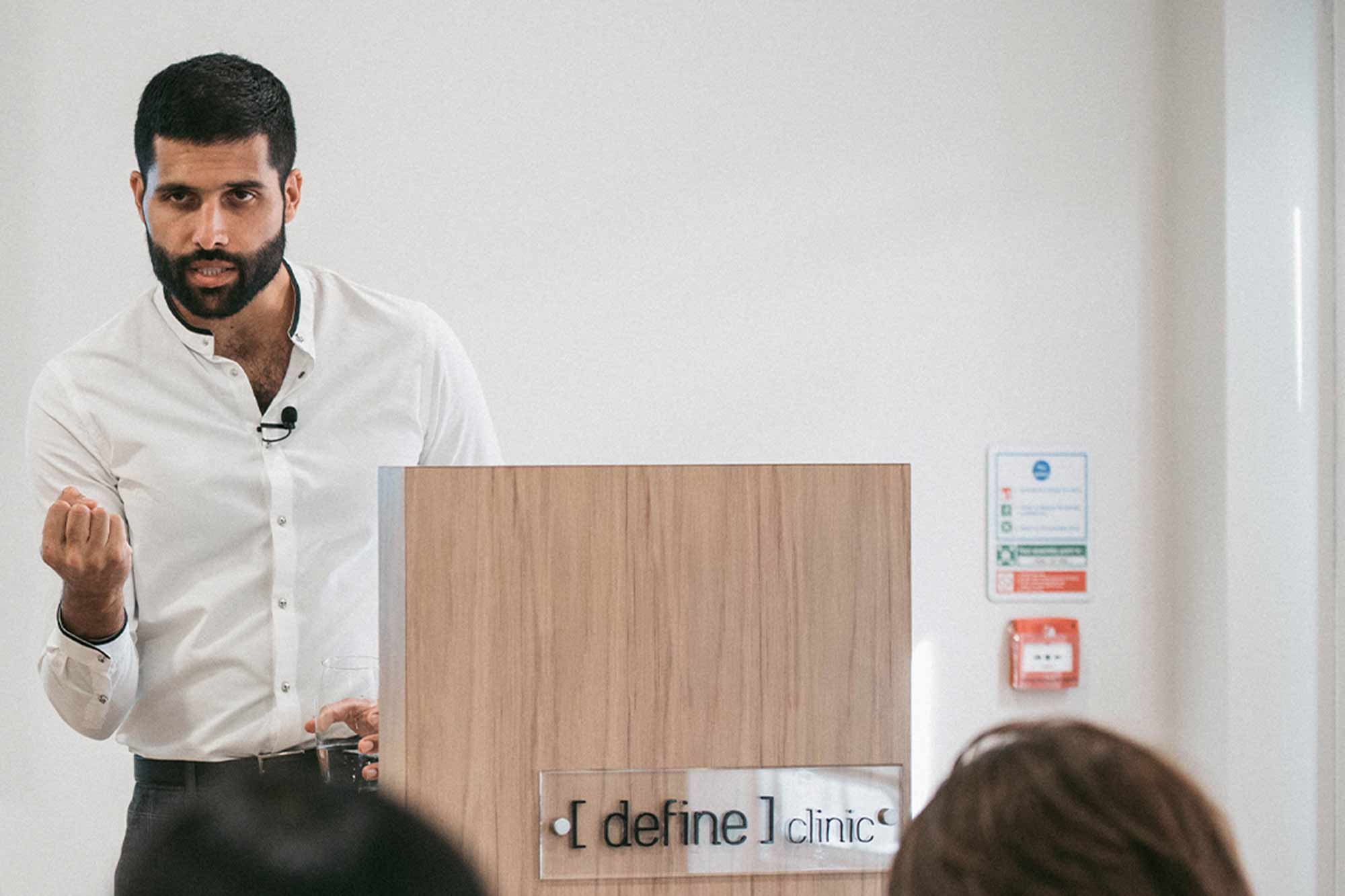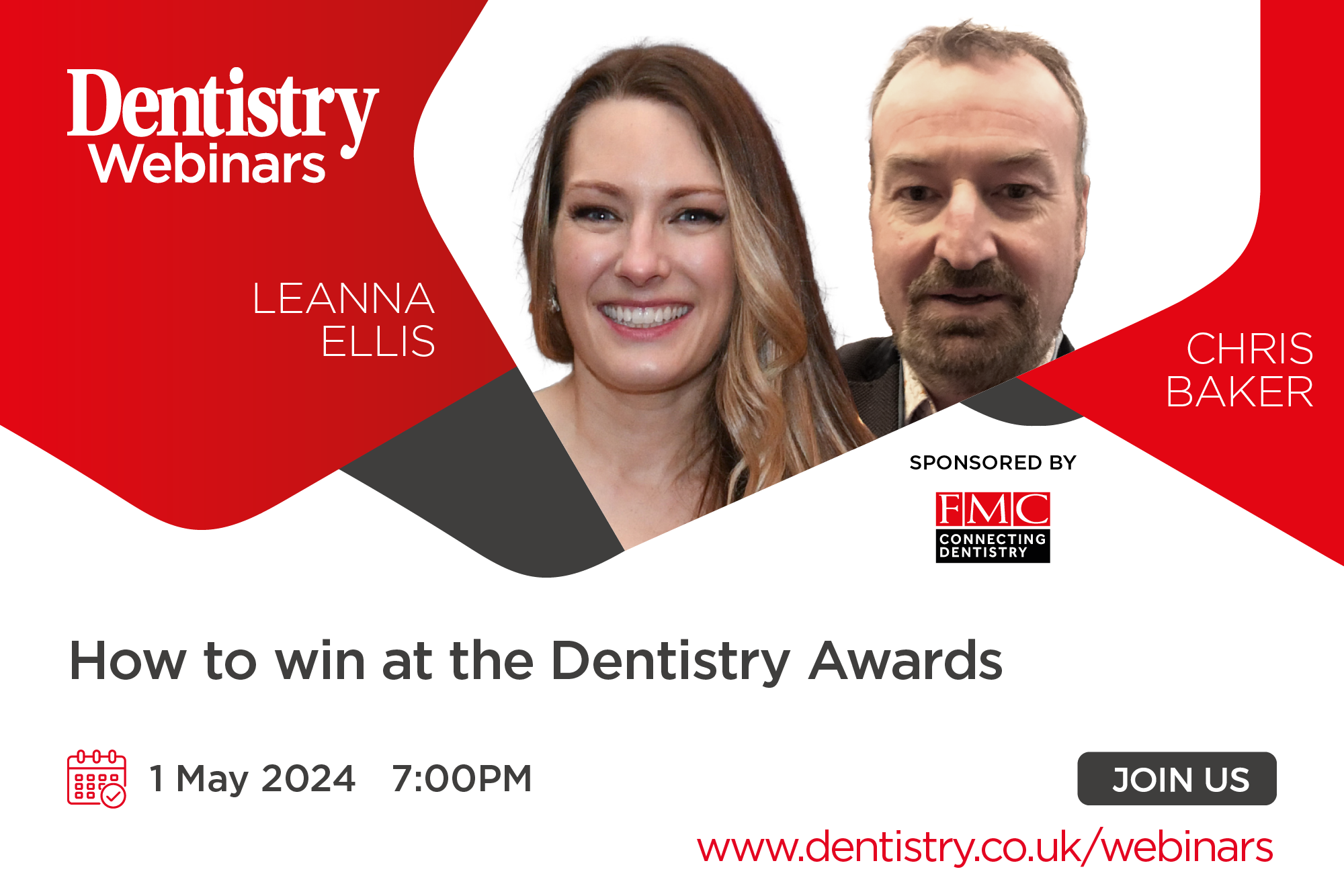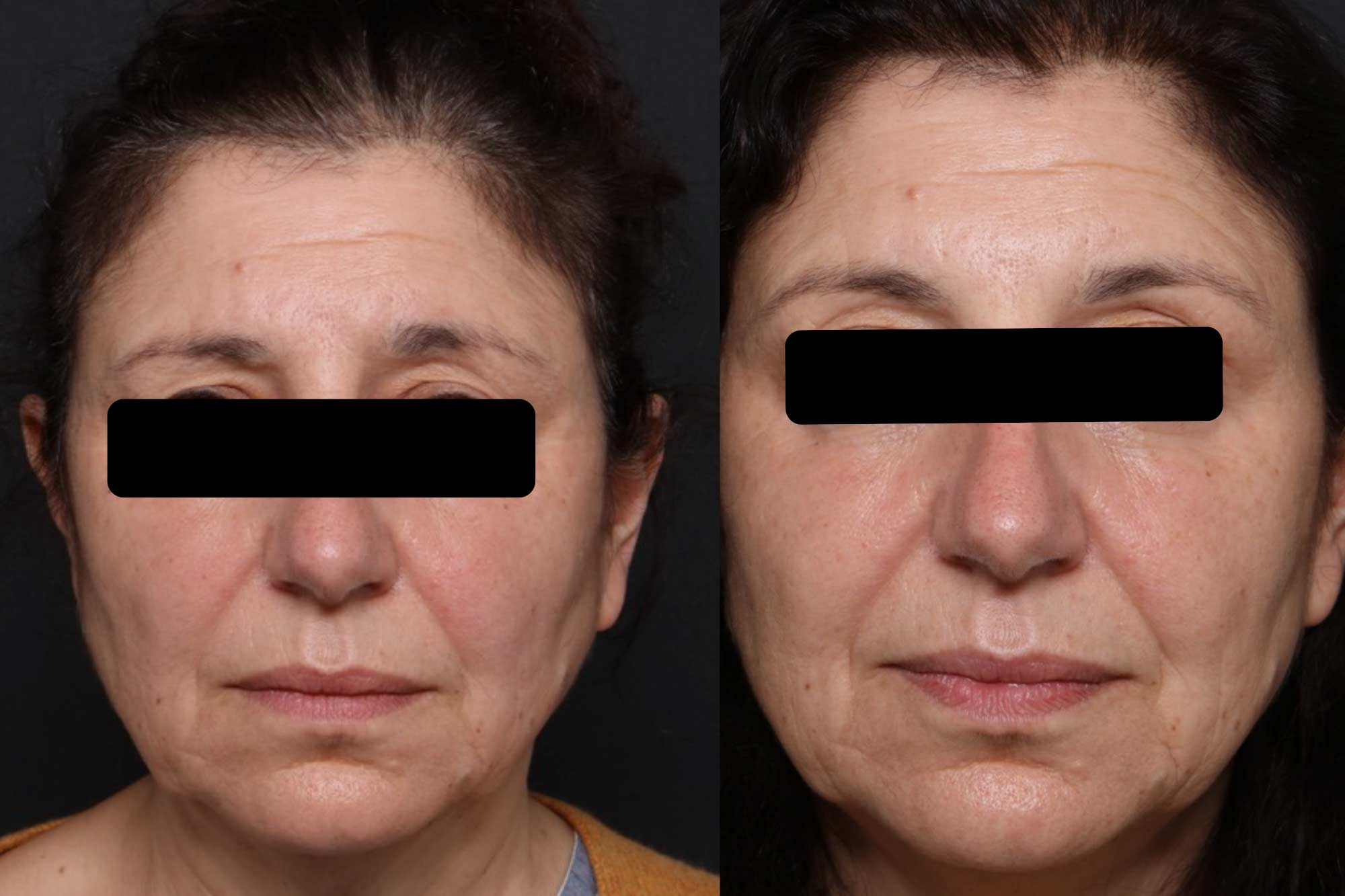
Dr Teuta Berisha and Dr Benji Dhillon discuss the causes of ‘heavy brows’ and how this can be corrected.
The primary goal of botulinum toxin (Bont-A) treatment is to selectively relax the muscles of facial expression. Understanding the anatomy and action of the various muscles of the face is therefore critical. A lack of understanding will significantly increase the likelihood of poor aesthetic outcomes and patient dissatisfaction, the most common being brow ptosis in the upper face or asymmetric smiles in the lower face.
One of the most common presenting complaints at my clinic is patients being unhappy with ‘heavy brows’. Bont-A treatment can be a useful tool to help improve brow ptosis but it is essential to determine whether it is suitable.
To help determine patient suitability it is important for practitioners to assess the patient carefully at the consultation appointment and discern the potential causes of their ‘heavy brows.’
Causes of ‘heavy brows’
Causes of ‘heavy brows’ include:
- Excess upper eye lid skin
- Brow ptosis due to deflation of fat compartments in the brow or temple
- Reduced frontalis activation.
Individuals with excess upper eye lid skin may see a result with a ‘tox brow lift. But in the presence of brow ptosis there will likely be little benefit.
These patients will usually require a blepharoplasty procedure. It is important that this option is discussed with the patient to inform them of alternative treatments, which may give them a better overall outcome and to help manage their expectations should they choose to have the toxin treatment.
If the lateral brow ptosis is a result of the deflation of fat compartments in the brow or temple, then consideration should be given to using dermal fillers to volumise the temporal fossa.
In the correct patient this will lift the lateral eyebrow and depending on the patient’s clinical presentation and the degree of lift required, this filler treatment can be done alone or in conjunction with Bont-A treatment for a greater degree of lift.
One must avoid placing toxin in a patient who has reduced frontalis activation due to the risk of causing a further drop in brow position by relaxing this brow elevator. For these patients, it is best to treat the glabellar complex only.
However, if frontalis treatment is necessary, then the toxin should be placed high up and centrally on the frontalis. This mitigates the risk of brow drop.

The ideal brow position
Understanding the ideal position of the brow will help practitioners to determine how the brow needs to be altered.
- The medial origin of the brow should be on the same vertical plane as the lateral extent of the alar base of the nose and the inner canthus
- The tail of the brow should end at an oblique line drawn from the most lateral point of the alar base of the nose through the lateral canthus and to the end of the tail of the brow
- The height of the medial and lateral brow lie at approximately the same horizontal level
- The arch of the brow should be on an oblique line that goes from the alar base of the nose, through the pupil and up to the arch of the brow.
Treatment
Bont-A treatment to lift the patient’s brow position will involve strategically placing toxin into the correct areas to achieve an even brow lift. To treat these patients successfully one must firstly appreciate the counteracting effects of various muscle groups.
One of the most interesting is the effect frontalis and the muscles of the glabella have on the position of the eyebrow. The frontalis acts as a brow elevator, whereas the procerus, medial and lateral corrugators act as depressors.
As such, toxin will typically be placed into the glabellar complex (as it is a brow depressor) and/or the superior lateral fibres of the orbicularis oculi muscles.
Conclusion
Botulinum toxin treatment will give a subtle brow lift in the appropriately selected patient. As with any aesthetic treatment, it is important for clinicians to manage patient expectations. Explain that the lift that can be achieved with botulinum toxin is mild. Thus, if your patient’s goal is a greater degree of lift then alternative treatments, such as surgery or threads, this should be suggested and discussed with the patient.
To find out more visit www.masterinjector.com





